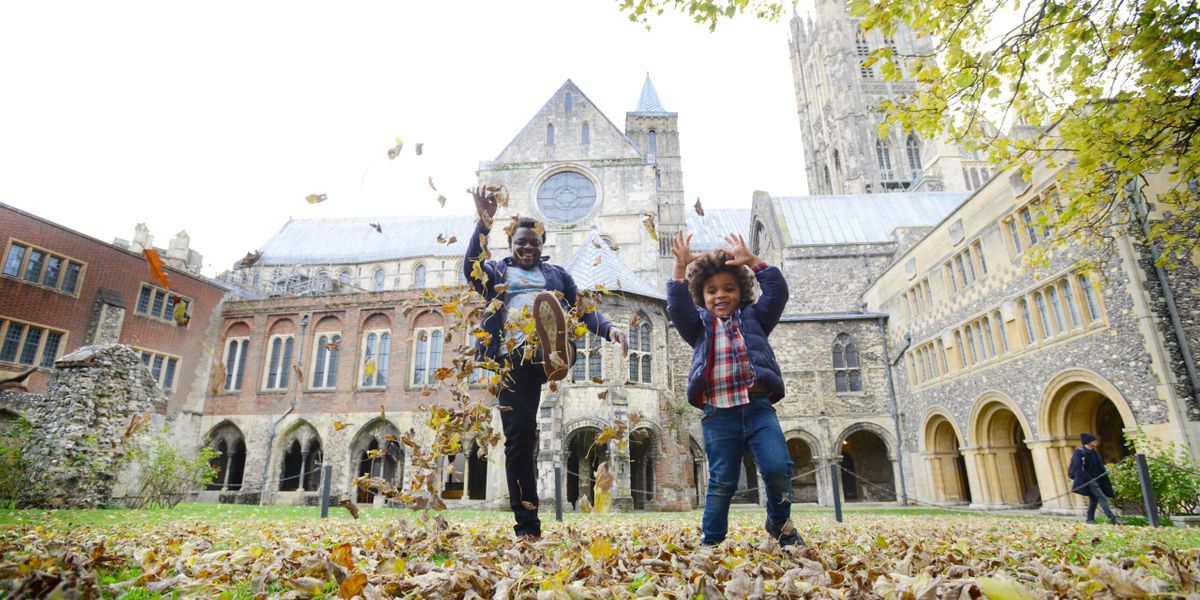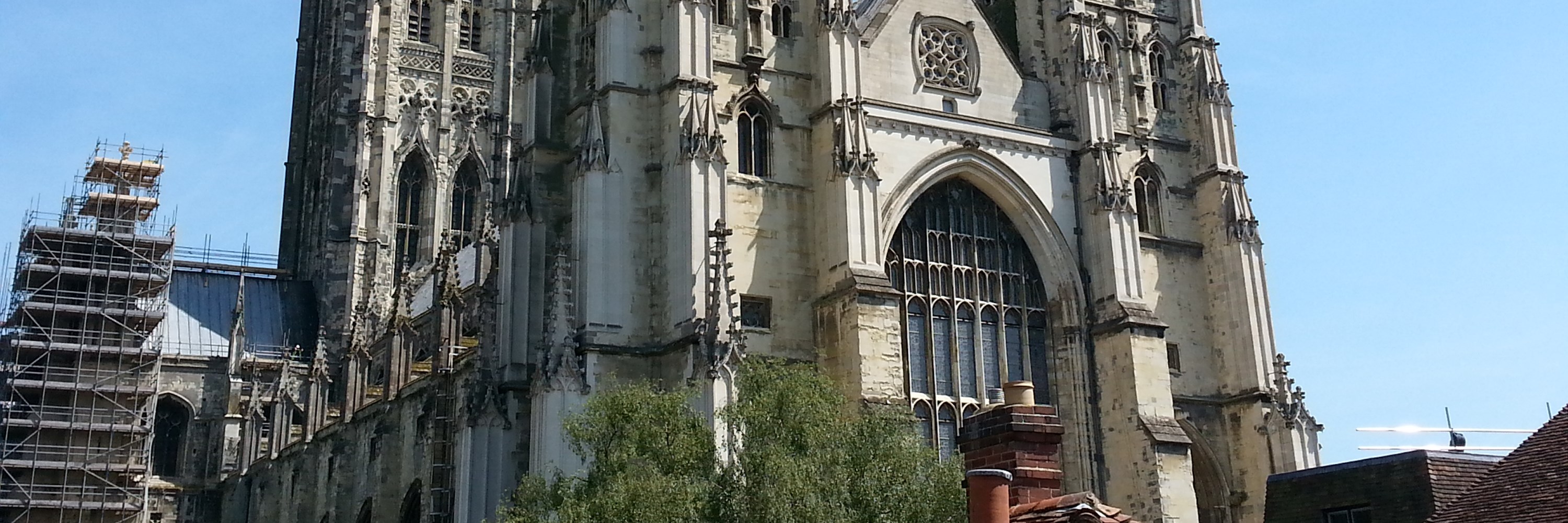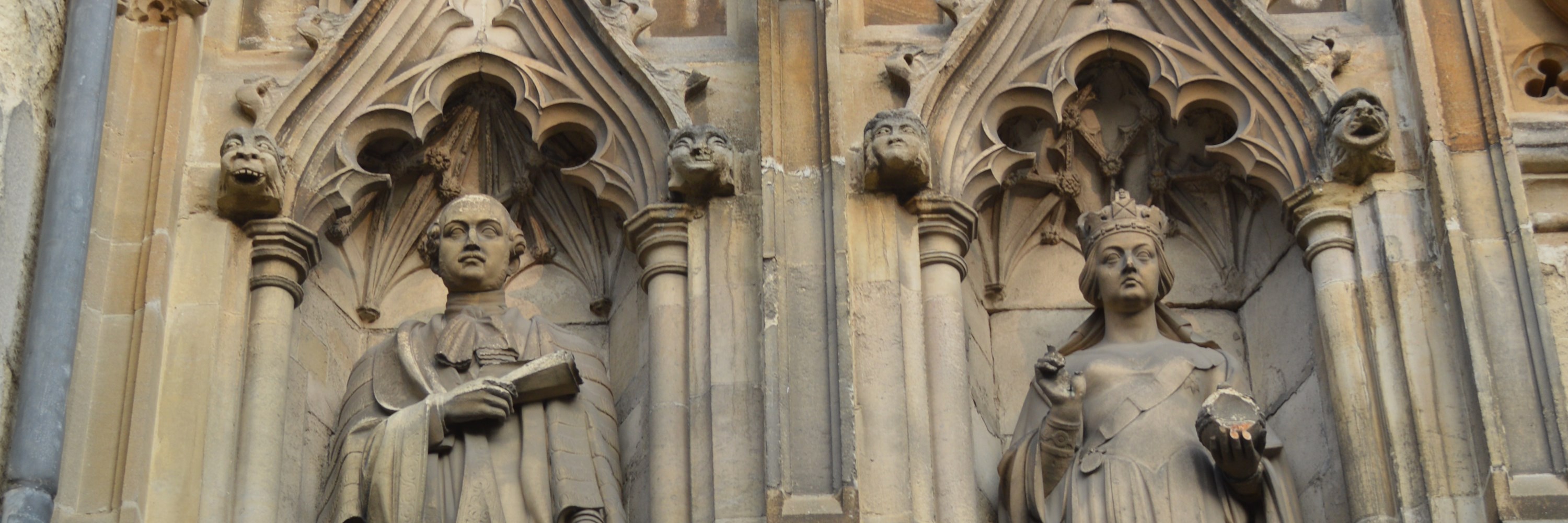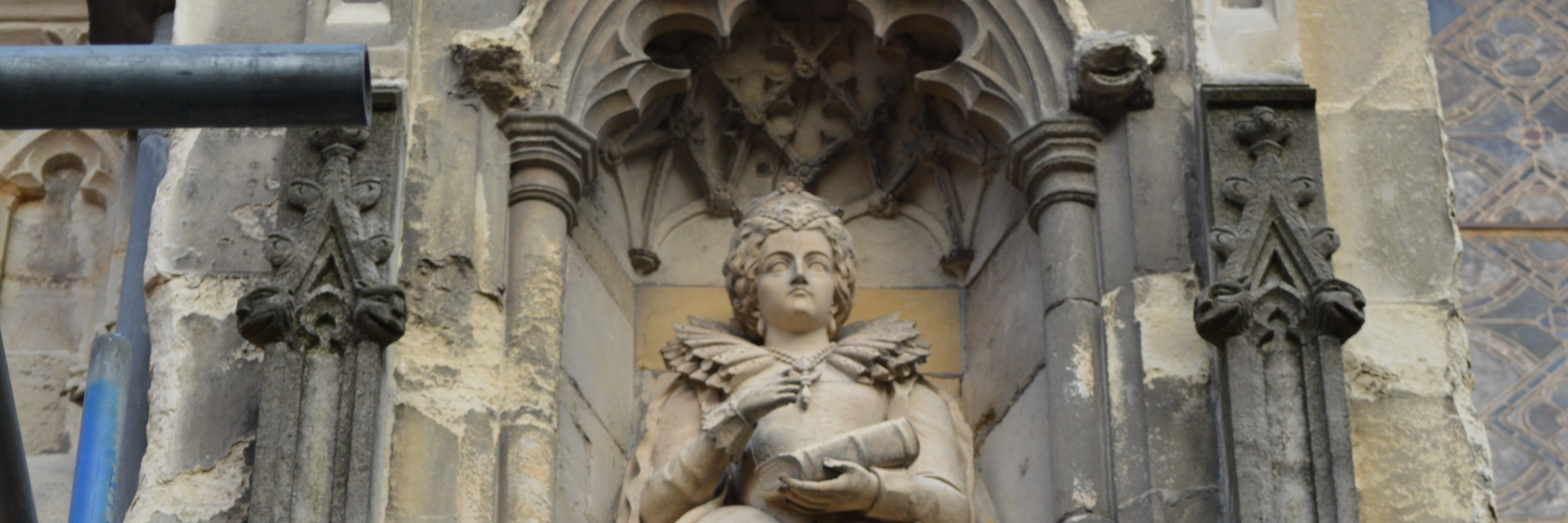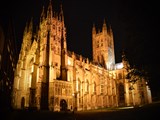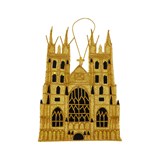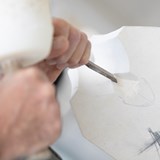Planning a future visit? Remember to check our opening times and upcoming closures.
Over the next 6 years, we are aiming to raise in excess of £6m to restore the West Front to its former glory.
Planning for the project is well underway and work on the building is due to start early in 2023. It has been phased between now and autumn 2028, and its completion is dependent on the success of our fundraising.
Work needed
Although some restoration has taken place since Victorian times, the environment and the passage of time have taken their toll and the masonry on the West Front is unstable. Water ingress in some areas has caused deterioration and broken window panes have allowed pigeon access (and damage).
The Cathedral has been carrying out a schedule of running patch repairs but a point has been reached where the only solution is a major conservation and repair project. Without this work, the structural integrity of the West Front and Nave would be compromised, and we may have to limit visitor access.
Pleasingly, we have been able to undertake work to the upper stages of the West Front already, as part of The Canterbury Journey project, but we still have much to do.
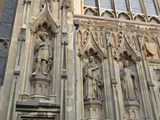
Aims of the project
Planning for the project is well underway and work on the building is due to start early in 2023. It has been phased between now and autumn 2028, and its completion is dependent on the success of fundraising. Each year, we aim to raise around £1m to enable the project to continue. Information on how you can help can be found here.
Over the next 6 years, we are aiming to raise over £6m to fund our world-class stonemasons’ team and their efforts to bring the West Front back to its former glory. In addition to work on the fabric, the project will also enable:

The recruitment of two apprentice stonemasons
Chapter’s acclaimed trade and craft apprenticeship scheme offers vocational training to young people and recognises that an apprenticeship can make a life-changing difference to a young person. Canterbury's apprentices are recruited through Kent schools and colleges and advertisements in the local press. Coming from varied backgrounds, they are encouraged to meet their full potential by exploring their creative talents within the inspirational setting of the Cathedral, as well as developing the technical and life skills needed for a career in their chosen trade or craft.
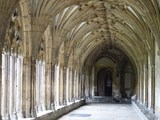
Improved access to the Cathedral for people with disabilities
The Chapter of Canterbury aims to provide a superb experience for the very many people who journey here from around the globe – pre-pandemic, one million people a year. As part of the West Front Project, and in consultation with people with disabilities, access to the Cathedral will be fundamentally transformed to benefit all. A new lift will be installed for entrance into the west side of the Cloister and Chapter House and perhaps most significantly, the Cathedral’s stonemasons will create a level access route for wheelchair users entering the Nave at the South Porch – the main entrance to the Cathedral building.
Brief History of the West Front
The first iteration of Canterbury Cathedral was dedicated by St Augustine in 602AD, and was most likely a simple pre-existing building. Over the next few centuries, extensions were made, as the city of Canterbury – and Christianity itself – developed. In 1067, a year after the Norman Conquest, the old Cathedral was destroyed by fire. Subsequent Archbishops left their mark by designing a new building and additions, including the original West Front with matching towers.
The early 14th century saw a spire added to the North Tower of the West Front (on the left as you face it). Later in the century, the South Tower of the West Front (on the right as you face it) was rebuilt. It was given substantial buttresses in order to cope with the weight of the bells, including the 3-tonne St Dunstan bell, originally installed in 1459. The clock on the South Tower relies on the Dunstan bell to ring each hour. The results left the West Front looking rather lop-sided.
At the restoration of the monarchy in 1660, following Henry VIII’s Dissolution and the Civil War, the Cathedral was in poor condition. Timber and lead had been stripped from the building, and many of its treasures had been plundered. However, a period of major restoration began and as much as possible was reinstated. In 1704, the steeple on the North Tower was removed following a storm and in the 1830s, the entire West Front was re-faced. The North Tower was replaced in 1840, to match the South Tower (although parts of Lanfranc’s work do survive) – as you see them today. The South Porch (through which one enters the building) was renewed, including the numerous statues, including King Ethelbert and Queen Bertha.
Get Involved
Check back here as more opportunities are added
Stay in the loop
Sign up to our newsletter and stay up to date with all the latest events, news and offers
By adding my email I confirm my subscription to the newsletter and understand that the email address provided will be held by the Cathedral and the email service company (dotdigital) to use for distributing this newsletter only. For more information please see the Cathedral Privacy Notice.

